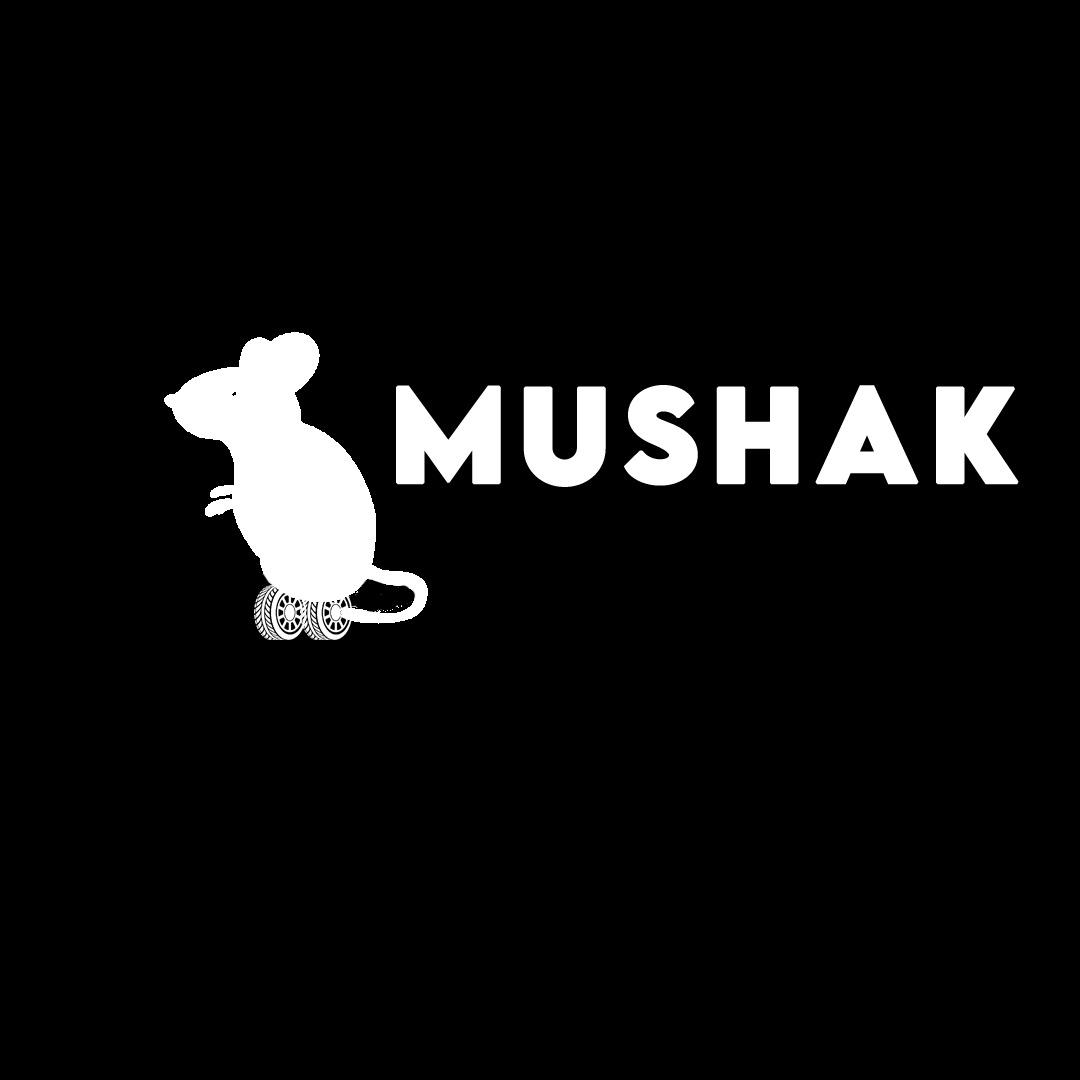Mushak
Disrupting agricultural logistics
The problem Mushak solves
We identified that the major problem for farmers isn’t while production of crops, but while distribution and supply that costs immensely to them. Indian farmers incur losses of Rs 92,651 crore/year, the primary cause of which is transportation facilities. The logistics of the supply chain in the agriculture sector are broken, and we aim to disrupt that with our model.
What exactly are the problems?
Highly unorganised and fragmented
No formalized way of booking trucks, which leads to many on-ground last-minute problems, like change in price citation at the last moment, delayed deliveries
Waiting time for reloading on the return journey leading to wastage of resources, time and manpower. Delays, underutilisation, trucks run empty
Does not cater to dynamic demand
Quantity booking of trucks (partial) not possible
Out of 30 days in a month, a truck in India usually has only 15 billable days, rest it stays idle
These gaps need to be fixed on a priority basis since this affects the incomes of a swarm of people in the agriculture and logistics industry
Solutions
Centralised Platform to connect truck owners and farmers. User can proceed as a truck owner or someone who wants to send goods. We get the trucks from the truck owners on a contractual basis and then use the said trucks to cater to logistical needs
Differentiating factors:
Load sharing: Currently, the farmer pays for the entire truck for transporting goods, even if the load capacity is much lower. Mushak provides an option to pay according to the load quantity. We optimise the journey by pooling in loads from multiple farmers and then transporting them efficiently. We understand that if we’re able to effectively load share the goods, we can reduce the payable price for the customer up to 30%.
We select most efficient route for trucks. It will try to make sure that the truck does not come back empty and it can cater to drop-off points which lie on the way to the main drop off point.
App UI simple and easy to use
Challenges we ran into
Understanding the exact problems that farmers face, to help build something actually meaningful was the most crucial and challenging part of this project of ours, apart from the fact of cost-optimising it. We've tried our best to build the best solution, understanding ground-level issues by taking insight from our interactions with farmers. We've cost optimised the model up to a point of it being a fairly profitable company by accounting for all costs and expenditure including emergency and unforeseen expenses.
